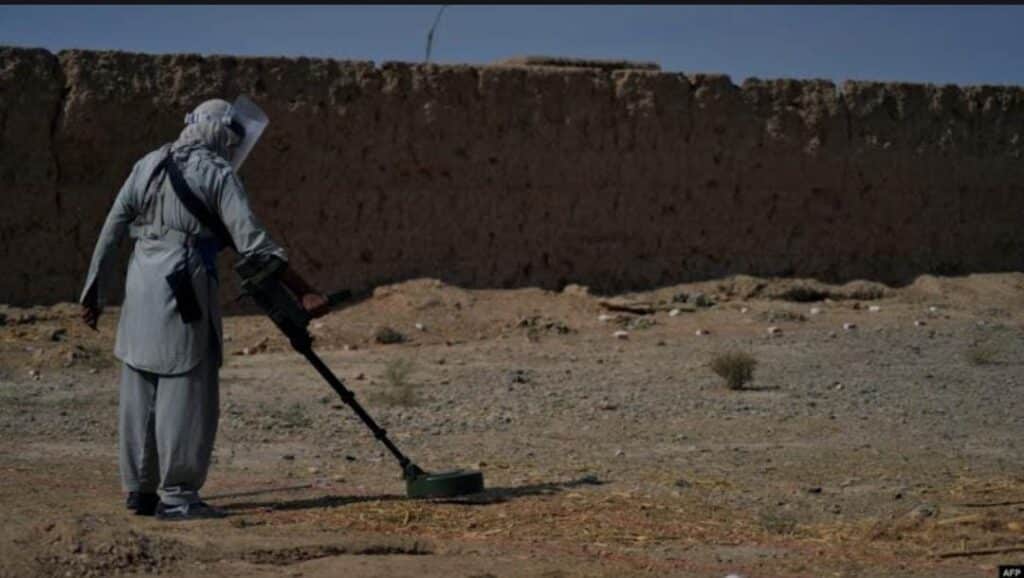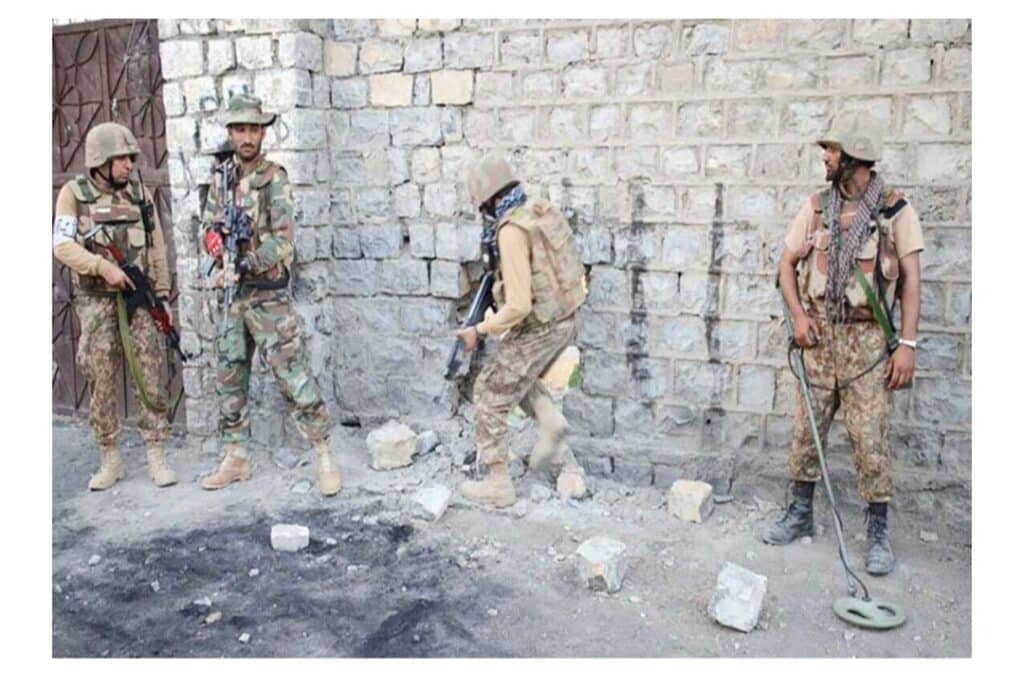Even after the withdrawal of U.S. and allied forces, thousands of landmines remain scattered across Afghanistan, turning daily life into a constant gamble with death. Estimates suggest more than 110 cases are reported each month, with children making up the majority of the victims. Taliban units, along with foreign experts, work day and night to locate and defuse or detonate these mines, but the danger has become one of the country’s most devastating and ongoing crises. Survivors of blasts face additional misery, as many of the medical facilities once available to treat such injuries no longer exist.
Beyond landmines, another shadow haunts Afghan society — fear among those who once worked with the U.S. and its allies. Despite the Taliban’s announcement of a general amnesty, thousands of Afghans distrust the Islamic Emirate. They live under constant suspicion, frequently changing locations, unwilling to believe in promises made by men they associate with violence and repression.
Observers, including Afghans now living in Pakistan, note that the Taliban government has been urging foreign nations to return Afghan migrants so the country can be “rebuilt.” But the reality is grim: Afghanistan remains a place many desperately want to flee, not return to — a damning reflection on the Taliban’s unchanged mindset and governance.





